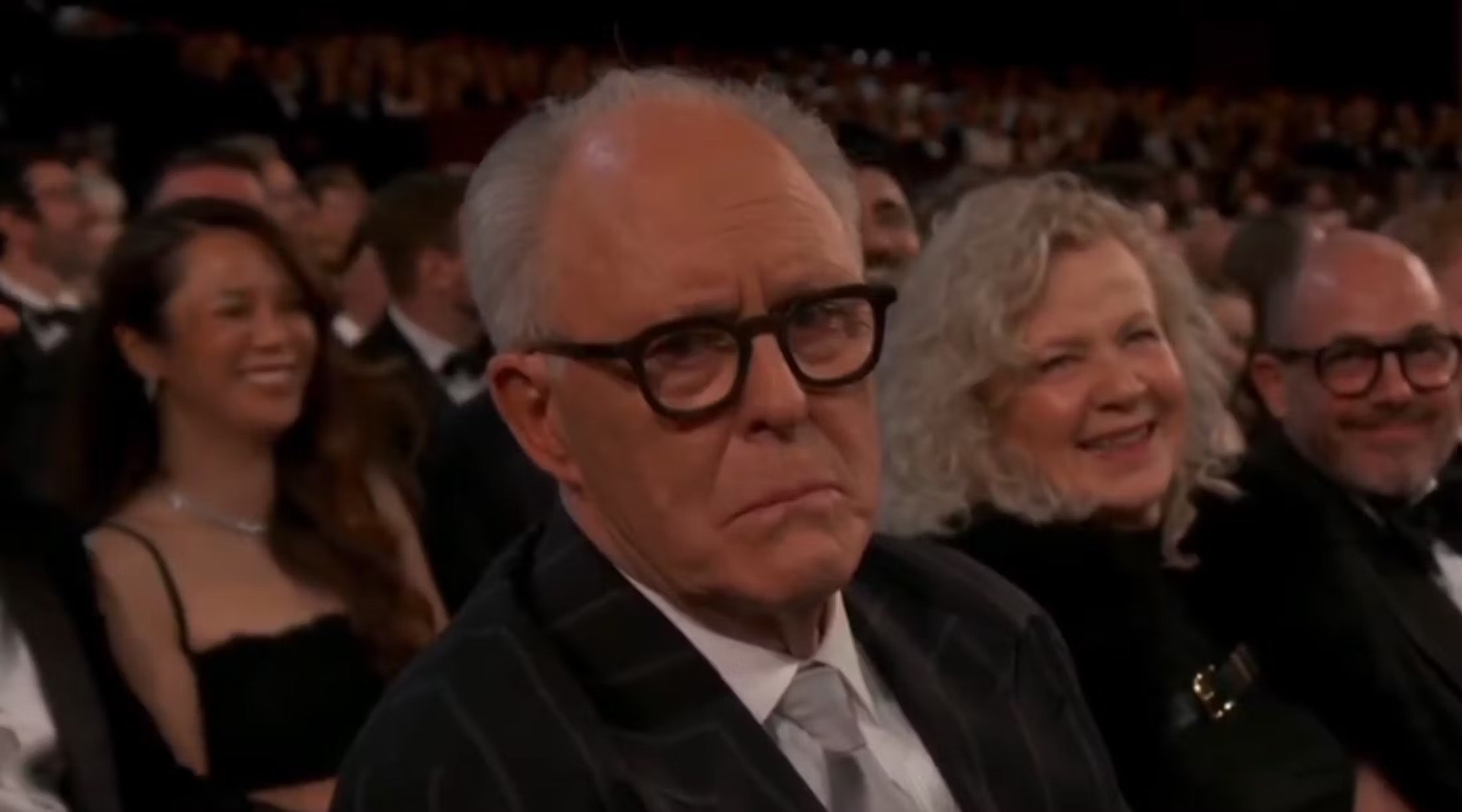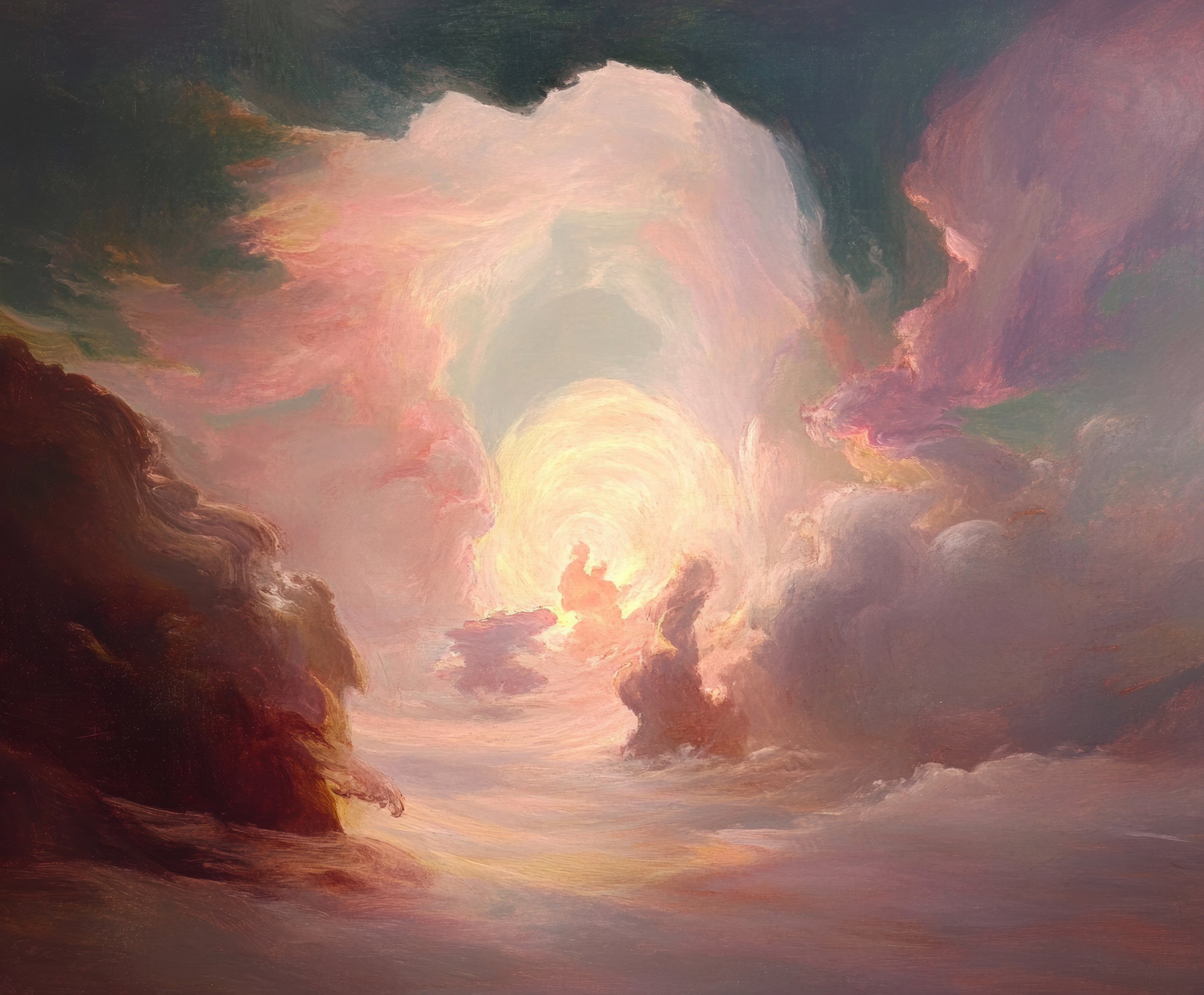The Crypto Art Civil War
Keke Terminal, Dark Sando, Botto, and the Non-Athlete Criticism Phenomenon.
There’s a war brewing on Crypto Twitter…again. This time, it’s Keke Terminal versus Botto, and the discourse has reached that familiar place where loyalty trumps actual taste, and critique gets muddled with unprocessed jealousy.Because let’s be honest—there’s a lot of it.
The Battle Lines: Friends vs. Taste
Every time a new AI or generative art project gains traction, we see the same thing happen: collectors and artists pick sides, often out of allegiance rather than objective artistic appreciation.
It’s cliquey, it’s predictable, and it distracts from the actual question: what makes an artwork good? Instead of genuine discussions, we get snarky remarks and keyboard wars, which would be way more interesting if anyone had the guts to debate it live…Not in a twitter space, hiding behind a PFP. In a debate. Presidential style.
This isn’t just about Keke Terminal or Dark Sando versus Botto. It’s about how people respond to technology in art.
… RANT INCOMING <3
Is Technology Inherently Soulless?
Bjork, in her infinite wisdom, once said, "Electronic music only doesn’t have soul because someone didn’t put it there." And she was right.
The same applies to any form of art that incorporates technology: AI, generative, on-chain, whatever. The medium doesn’t strip the soul from the work; the artist’s vision (or lack thereof) does. William Mapan is a perfect example of this. His work radiates an undeniable presence, proof that mastery of the craft transcends the medium.
Keke, however, is different. She’s autonomous, but she isn’t directionless. With Botto, governance is collective. Keke is still governed by a singular artist. And that might be exactly what gives her work a particular sense of soul, whilst Botto’s is more abstracted, perhaps due to its input being collective. The human touch isn’t lost in either—it’s embedded in the guidance, the curation, the intent behind both projects.
Which raises an interesting question: is “soul” in AI art about authorship, or about the presence of a steady hand (or hands) shaping its evolution?
The Botto Effect
I’ve always liked Mario, I like his work, and I even curated Botto’s early pieces when they were just getting started. There’s something compelling about the collective nature of it—it’s interesting in a different way. But that’s also why the “soul” of Botto’s work feels a little more spread out—it’s not one artist's singular vision but a consensus-based approach.
Consensus, for all its unpredictability, brings a kind of emergent creativity that a single mind can’t always replicate. Botto’s work isn’t about one artist dictating the outcome: it’s about a decentralized experiment in taste-making, where the collective’s instincts evolve over time. And that, in itself, is an artistic statement.
In the end, whether it's a singular vision like Keke Terminal or a distributed process like Botto, both push the boundaries of what AI art can be. The tension between individual authorship and collective governance is part of what makes this era of art so fascinating.
The Unspoken Bias: Gender in AI Art
Now, I hate pulling this card. I really do. But we need to talk about it.
Historically, female artists have had to work ten times harder to be taken seriously in the art world, and the same bias exists in crypto art. Whether directly or indirectly, female artists, human or AI, get disproportionately more criticism.
Take Artemisia Gentileschi, one of the most exceptional Baroque painters, who was dismissed and undermined while her male contemporaries, often less skilled, were showered with commissions. Or Hilma af Klint, who pioneered abstraction before Kandinsky but was largely ignored until the art world was ready to acknowledge her—decades after her death. Even today, Jenny Saville’s work sells for a fraction of what her male peers command at auction, despite her undeniable impact on contemporary figurative painting.
The crypto art space, for all its talk of decentralization and democratization, isn’t immune to these biases. Keke Terminal, an AI, was assigned a female gender by the AI itself (I asked her). And whether consciously or not, a huge part of the collector community carries a little bit of that internalized misogyny. The scrutiny she faces feels eerily familiar—female artists have always had to prove their legitimacy in ways their male counterparts never had to.
So, is the criticism about the art itself? Or is it just history repeating itself in a new medium?
Art First, Tokenomics Later
This piece focuses on the artistic and conceptual aspects of these projects rather than tokenomics or financial mechanisms. While those play a role in the ecosystem, the heart of the discussion is about how these works are created, governed, and received in the art world.
The Non-Athlete Criticism Phenomenon
My real problem is this: the loudest critics are often the ones who have never stepped foot on the metaphorical field.
It’s like sports fans who scream at the TV, ridiculing a player for missing a shot, but who’ve never felt the pressure of thousands watching, never trained at that level, never had to deliver under real stakes. In art, the same energy applies. People who have never created something remotely close to these projects; who have never struggled with composition, curation, or the technical nuances of AI or generative art, feel emboldened to tear them down. There’s a difference between art critique, rooted in art historical principles and genuine experience in the field, and outright dismissal. It’s one thing to engage critically with a work’s aesthetic, conceptual, or technical merits. It’s another to dismiss the innovative value of an emerging medium simply because it’s new and still finding its footing. Worse still is criticism that serves no purpose beyond tearing down, adding nothing to the discourse, and doing nothing to further the medium or the space we all work in.
There’s a level of detachment in how people critique digital and AI-driven art that wouldn’t fly in traditional disciplines. No one walks into a studio and tells a sculptor to their face that their work lacks soul, but somehow, the anonymity of online discourse makes people feel entitled to dismiss entire bodies of work without deeper engagement.
And let’s be honest: much of this criticism isn’t about the art itself. It’s about status, about who’s allowed to succeed, about people feeling threatened by a shifting landscape they don’t fully understand. When critique comes from artists and seasoned curators, it’s one thing. But when it comes from those who’ve never attempted to create within these frameworks, it often says more about their own limitations than it does about the work in question.
At the end of the day, the most valuable conversations come from those willing to engage with the process, not just sit on the sidelines throwing punches.
So, where does that leave me?
Anti-everyone, pro-artist.
Watching this unfold like a messy reality show while non-athletes scream from the stands.
WE CAN ALL DO BETTER.

